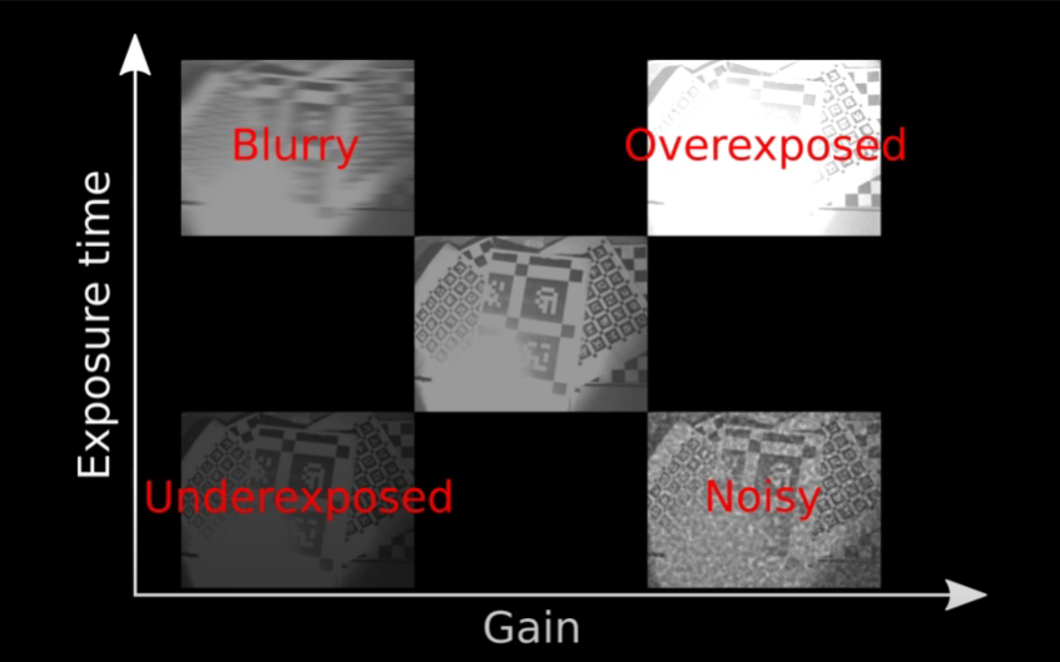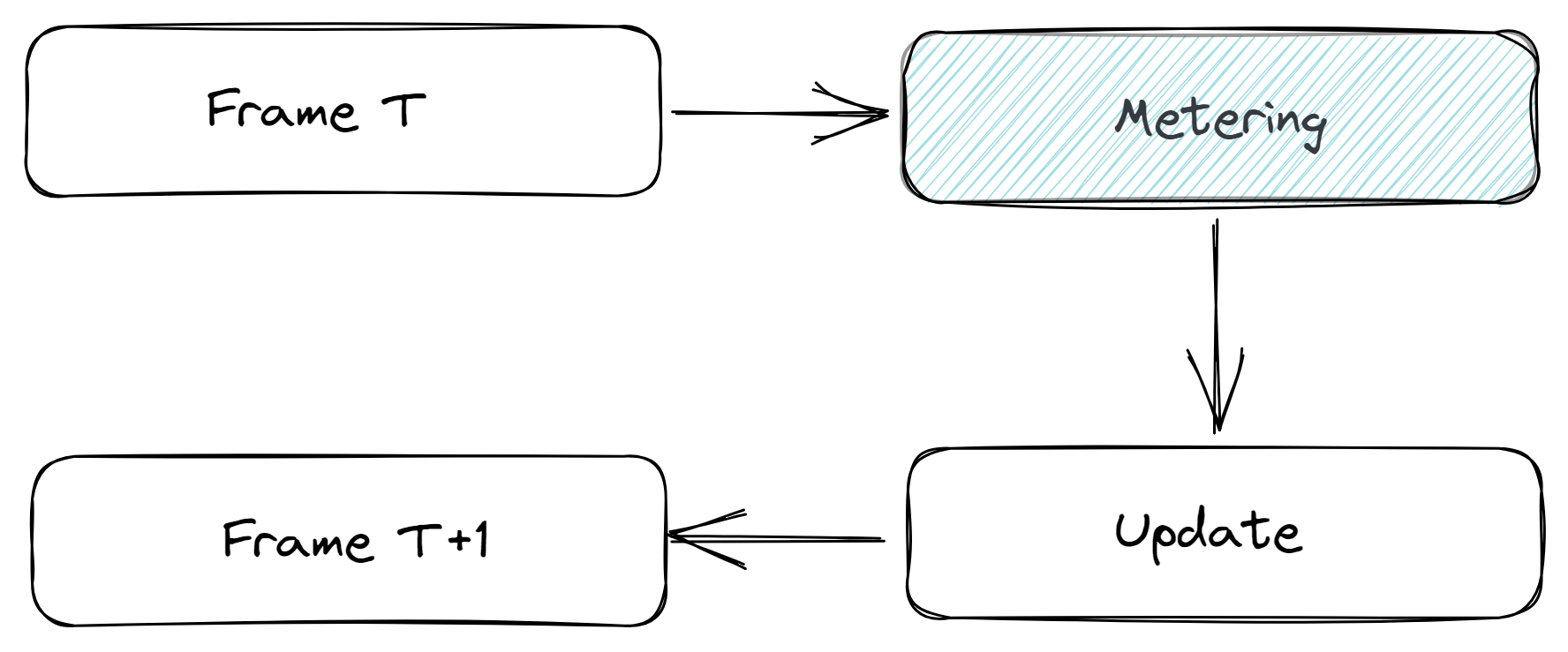In the early days of photography, capturing an image with the perfect exposure was often a painstaking and frustrating process. Photographers had to carefully understand the amount of light in a scene and manually adjust the camera’s aperture, shutter speed, and ISO settings to achieve the desired level of brightness and contrast.
But with the advent of Auto Exposure algorithms, this process became much simpler. Auto Exposure algorithms use a combination of hardware and software to automatically adjust exposure settings based on the lighting conditions in a scene, ensuring that images are properly exposed. Today, these algorithms are an essential part of digital photography, baked into all kind of point and shoot camera like those in your smartphones allowing you to focus on composition and creativity.
Point and shoot cameras are designed to be simple and user-friendly and hence typically have a fixed lens with a set aperture size, which cannot be adjusted manually. Therefore, most Auto Exposure algorithms in these cameras only try to maintain the balance between shutter speed and gain (or ISO).
 |
|---|
| Figure A.1 [1] |
Shutter speed is the amount of time that the camera’s shutter is open and allowing light to reach the camera sensor. The longer the shutter is open, the more light will enter the camera, and the brighter the resulting image will be. However, a longer shutter speed can also result in motion blur if the camera or the subject is moving during the exposure. A faster shutter speed can freeze motion and capture sharper images, but it may also result in a darker image if less light is allowed to enter the camera.
ISO, also known as gain, refers to the camera’s sensitivity to light. A higher ISO setting will make the camera more sensitive to light, resulting in a brighter image in low-light conditions. However, a higher ISO can also introduce noise, which can appear as graininess or speckles in the image. Therefore, a lower ISO setting is generally preferred for capturing images in bright lighting conditions, as it can produce sharper and more detailed images with less noise.
This tradeoff between exposure and gain can be seen in Figure A.1 [1]
Conventional Auto-Exposure Algorithms
The vast majority of point and shoot cameras use a very generic and “safe” way to adjust exposure settings in the camera. These update sequence is shown below in Figure A.2.
 |
|---|
| Figure A.2 |
As can be seen above, for every frame T, the algorithm uses something called as “metering” to determine the amount of light that is reaching the camera sensor and sends this information to the smartphone’s processor, which then analyzes the data and adjusts the camera settings accordingly to capture the next frame T+1. This constant adjustment is what we would see in the camera’s viewfinder.
In the above paragraph I mentioned “metering”. This is the core of the above algorithm. Most cameras have multiple metering options -
- Spot Metering - In this the camera focuses on a small specific area of the frame and adjusts the exposure settings accordingly. This is what generally happens when it detects a face in the photo or you manually tap an area in your viewfinder.
- Average Metering - As the name suggests, the brightness of the entire image is used and averaged to determine the new settings.
- Center-weighted Average Metering - This is an amalgamation of the above two. In this the entire image is used as a reference, but the center of the image is given higher weightage.
- Matrix Metering - This is the most common metering mode and is the default as well. This mode divides the image into multiple zones and analyzes these zones individually. The decision making involves colors, distance, highlights, etc., to determine the next exposure settings.
Conclusion
Auto Exposure is an essential feature in modern cameras. It allows users to capture high-quality images in a variety of lighting conditions, without needing to manually adjust the camera settings. With the help of advanced hardware and software algorithms, Auto Exposure algorithms continue to improve, producing better results with each new generation of cameras.
Next week, I will talk about the ongoing research in Auto-Exposure algorithms and talk about a few research papers that lead the way.
References
[1] Bégin, Marc-André, and Ian Hunter. “Auto-Exposure Algorithm for Enhanced Mobile Robot Localization in Challenging Light Conditions.” Sensors 22.3 (2022): 835.
[2] https://photographylife.com/understanding-metering-modes